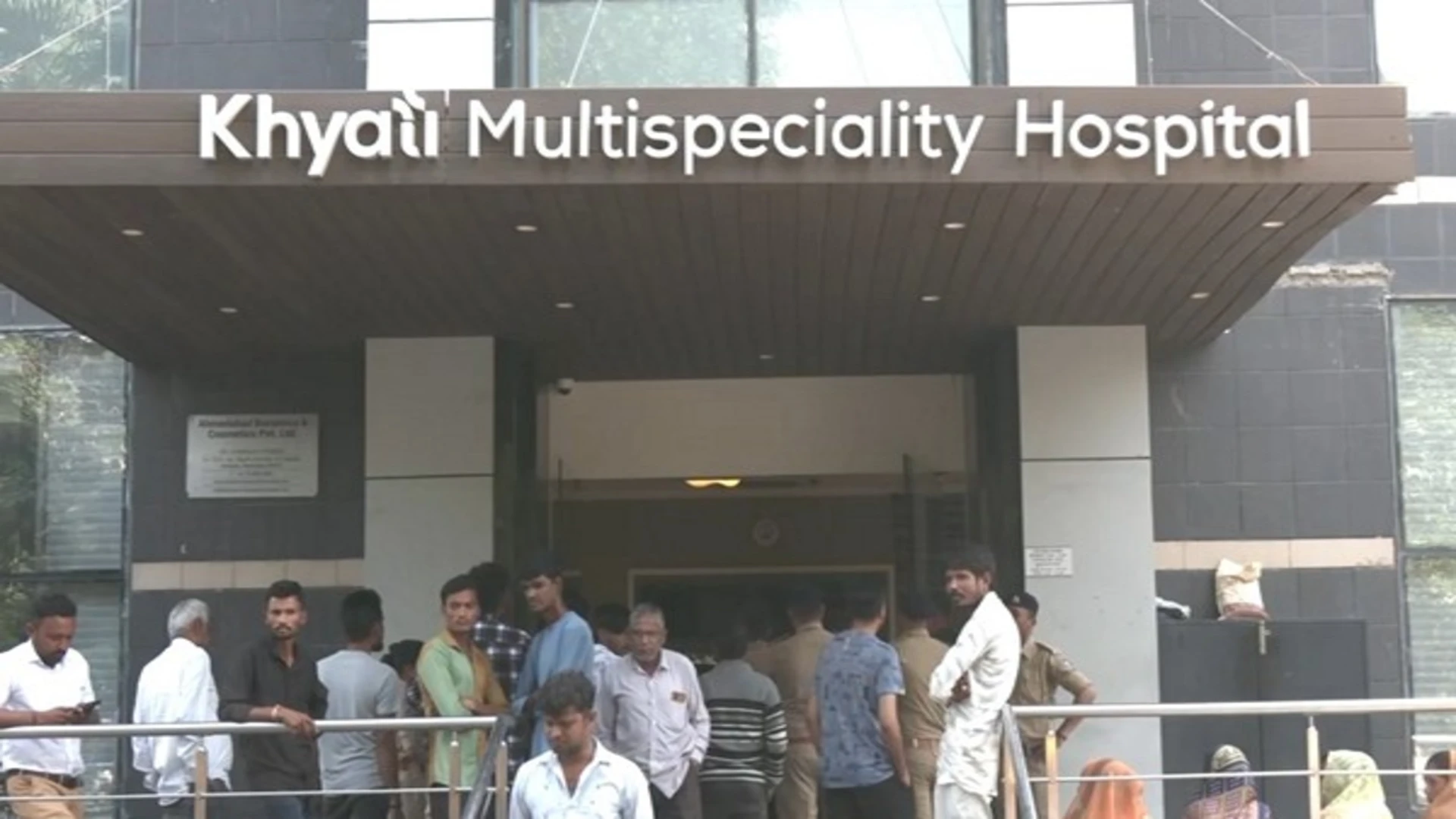
Home to the largest ‘young’ population in the world, India’s journey as one of the fastest-growing economies has been tremendous. However, despite its earnest efforts, our nation still struggles with retaining a skilled workforce (with only 5 per cent of our workforce considered skilled)[1] – pivotal for a nation’s true progress/development. From the US to China and Russia – countries with immensely varied governmental/legislative priorities – one thing in common is their market-oriented approach to skill formation[2], coupled with a collective effort at all fronts (from government institutions/bodies to educators and employers). Recognising the significance of developing a robust, skilled workforce, the central government has extensively emphasised the skill development of Indians, in partnership with various stakeholders – including industry experts – to promote Public-Private Partnerships in order to strengthen the infrastructural needs of the country to upskill individuals. Materialising this imperative move, therefore, shall determine our nation’s drive towards upskilling our youth and reshaping India’s employment landscape.
Why are Public-Private Partnerships significant?
Public-Private Partnerships (PPPs) play a crucial role in upskilling youth by combining the strengths of both government and private sectors. These collaborations enhance the efficiency and effectiveness of vocational education and training (VET) systems worldwide. By leveraging government resources and private sector expertise, PPPs improve the overall skilling infrastructure in a country, while focusing on developing the skills necessary for young people and adults to become employable – addressing the gap between education and industry needs. As industries (and their subsequent job markets) continue to evolve each day, they play a substantial part in offering a balanced approach to training that benefits both individuals and organisations alike.
A rapidly transforming job market and industrial growth have also driven the need for skill development among individuals. The latest ‘Upskilling Trends Report 2024-25’ from Great Learning highlights a significant inclination towards a strong commitment to personal development among Indian professionals. The study indicates that 85% of professionals intend to engage in upskilling activities during the 2025 fiscal year – marking a surge in interest towards skill development against a backdrop of declining job security sentiment. The report notes that professionals’ confidence in retaining their current positions has fallen notably, decreasing from 71% to 62% over the past year, suggesting that workers are increasingly viewing upskilling as a crucial strategy to maintain their employability and adapt to evolving job market demands. [3]
Realising the potential of a robust workforce, the central government’s recently announced Union Budget for FY2024-25 places unprecedented emphasis on skill development, particularly for the youth. From the expansion of the Pradhan Mantri Kaushal Vikas Yojana (PMKVY) 4.0 (with increased private sector involvement in curriculum design and training delivery), to the establishment of 50 new “Skill India” centres in collaboration with leading industry players and the introduction of the “Future Skills” program[4], the government’s substantial increase in funding for skill development initiatives is anticipated to catalyse innovative PPP models across the country.
Building on this budgetary push, several innovative PPP models are already in progress to enhance India’s skill development ecosystem. The National Skill Development Corporation (NSDC), in partnership with industry giants in the automobile and tech industries for instance, is consistently working towards developing sector-specific skill training programs, ensuring that the curricula are constantly updated to meet evolving industry needs. [5]
Similarly, the renowned Atal Innovation Mission, in collaboration with NITI Aayog and private sector partners, has established over 10,000 Atal Tinkering Labs in schools across India and engaged over 1 crore students so far[6] – serving as innovation hubs and fostering creativity and entrepreneurship among young students.
Way Forward
While the budgetary allocation to strengthen our capacities for skill development is a step in the right direction, there remains a long road ahead to ensure that these strategies are executed effectively. The government’s target of skilling 400 million Indians by 2030 can only be achieved through a multifaceted approach.
For this, it is imperative to ensure deeper penetration of schemes and initiatives into rural communities by not only enhancing our infrastructural capacities but also changing the common perception regarding vocational and technical training. In this regard, PPPs can assist in developing strategies that aim to promote the benefits of technical/vocational training and raise awareness among citizens through a comprehensive communication strategy, leveraging both traditional and modern media channels to reach audiences across communities.
Further, private sector stakeholders play a pivotal role in transforming India’s workforce due to their direct involvement in the job market. To support the country’s efforts for a highly skilled workforce, organisations can leverage their expertise via in-house training programs to enhance the skills of their current employees, making them more proficient in their respective fields.
At the same time, collaborative PPP at the academic level (during school years and at institutional levels) is also critical in harbouring an intrinsic approach to vocational and technical training among students while they are still in their learning environments. For this, industry stalwarts, in collaboration with the Ministry of Education could strategize policies and initiatives aimed at promoting vocational training at the academic level, thereby ensuring a skilled and job-ready generation after graduation.
India’s approach to skill development through public-private collaborations represents a paradigm shift in preparing its workforce for the future. By leveraging the expertise and resources of both government and industry, these partnerships are creating a more responsive, efficient, and innovative skill development ecosystem. As India positions itself as a global economic powerhouse, the success of these skill development initiatives will be crucial. With continued focus and investment, as evidenced by the latest Union Budget, India is well on its way to harnessing the full potential of its demographic dividend, creating a skilled workforce ready to meet the challenges of the 21st-century economy.
[1] https://socialfinance.org.in/skilling-and-employment/#:~:text=Only%204.7%25%20per%20cent%20of,easy%20to%20upskill%20or%20reskill
[2] https://thomasremington.com/wp-content/uploads/2022/08/Public-private-partnerships-for-skill-development-in-the-United-States-Russia-and-China-TR-PY-2020-PSA.pdf
[3] https://economictimes.indiatimes.com/jobs/hr-policies-trends/85-indian-professionals-set-to-invest-in-upskilling-for-fy25/articleshow/111253315.cms?from=mdr
[4] https://www.indiabudget.gov.in/doc/budget_speech.pdf
[5] https://nsdcindia.org/vision-mission#:~:text=It%20is%20a%20unique%20Public,MSDE)%2C%20Government%20of%20India
[6] https://aim.gov.in/atl.php
Vikram Kumar is the Head of Partnerships & Communications at NIIT Foundation.















